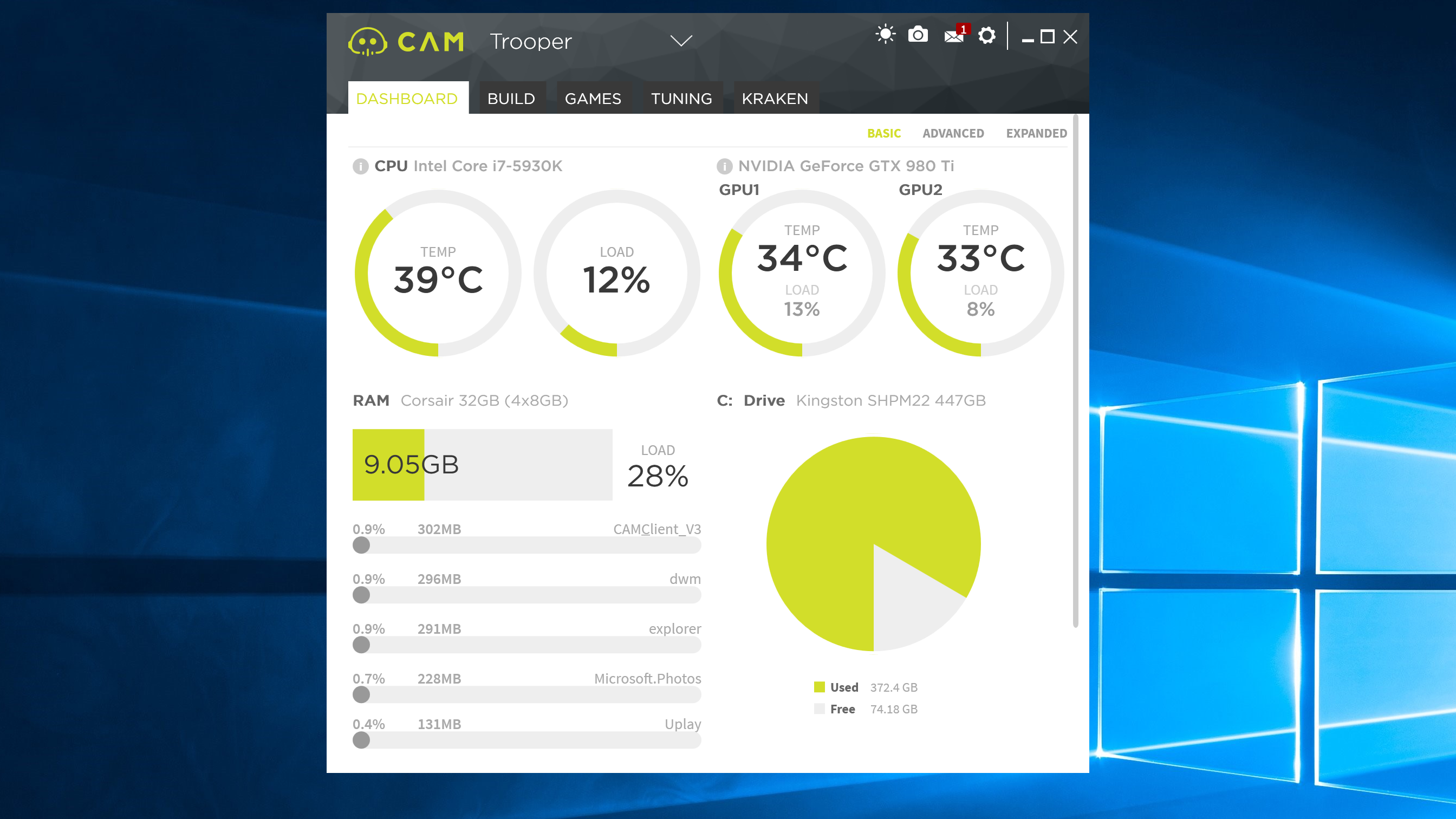

- #CPU AND GPU TEMP MONITOR LINUSTECHTIPS HOW TO#
- #CPU AND GPU TEMP MONITOR LINUSTECHTIPS INSTALL#
- #CPU AND GPU TEMP MONITOR LINUSTECHTIPS DRIVERS#
- #CPU AND GPU TEMP MONITOR LINUSTECHTIPS PC#
| Fan Temp Perf Pwr:Usage/Cap| Memory-Usage | GPU-Util Compute M.

| GPU Name Persistence-M| Bus-Id Disp.A | Volatile Uncorr. So we will use watch and nvidia-smi: watch -n 2 nvidia-smiĪnd - the same as for the CPU - we will get updated readings every two seconds: Every 2,0s: nvidia-smi
#CPU AND GPU TEMP MONITOR LINUSTECHTIPS DRIVERS#
On Ubuntu (and its derivatives such as Zorin or Linux Mint), going to Software & Updates > Additional Drivers and selecting the most recent one normally suffices.Īdditionally, you can add or enable the official graphics PPA (either through the command line or via Software & Updates > Other Software ).Īfter installing the driver you will have at your disposal the Nvidia X Server gui application along with the command line utility nvidia-smi (Nvidia System Management Interface). The first thing to do is download the appropriate, current driver through additional drivers in Ubuntu. I have never used an AMD dedicated graphics card, so I will be focusing on Nvidia ones. If you are interested, there is an advanced tool called CoreFreq that you can use to get detailed CPU information. The values above lead us to conclude that the computer’s workload is very light.
#CPU AND GPU TEMP MONITOR LINUSTECHTIPS INSTALL#
If not, you can install it using your distribution’s package manager. The sensors command is already installed on Ubuntu and many other Linux distributions. Monitoring CPU Temperature in Linuxįor CPU temps, we will combine sensors with the watch command. To monitor the behaviour of both CPU and GPU we will be making use of the watch command to have dynamic readings every certain number of seconds. Also, since I use Zorin OS I will be focusing on Ubuntu and Ubuntu derivatives.
#CPU AND GPU TEMP MONITOR LINUSTECHTIPS PC#
My setup includes a Slimbook Kymera and two displays (a TV set and a PC monitor) which allows me to use one for playing games and the other to keep an eye on the temperatures.
#CPU AND GPU TEMP MONITOR LINUSTECHTIPS HOW TO#
Since we are talking about commands, you may want to learn how to get GPU details in Linux command line. We will be looking at a couple of very simple commands to monitor CPU and GPU temps. Whether you are one of those users or otherwise, you are bound to have wondered how hot your computer’s CPU and GPU can get (even more so if you do overclocking). Because of Steam (including Steam Play, aka Proton) and other developments, GNU/Linux is becoming the gaming platform of choice for more and more computer users every day.Ī good number of users are also going for GNU/Linux when it comes to other resource-consuming computing tasks such as video editing or graphic design ( Kdenlive and Blender are good examples of programs for these).


 0 kommentar(er)
0 kommentar(er)
